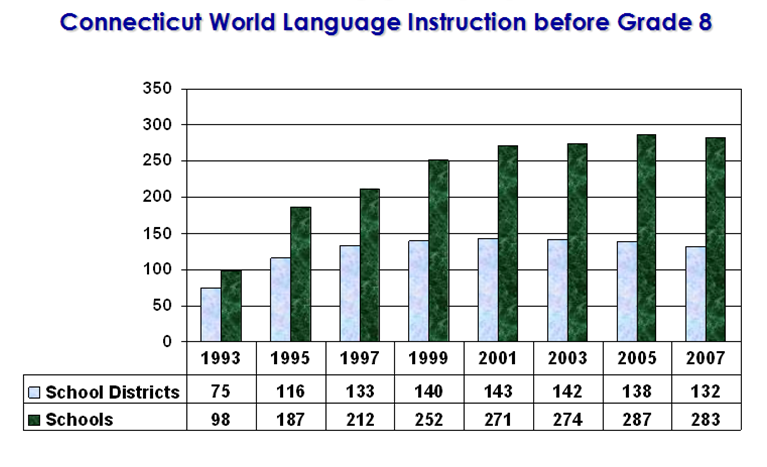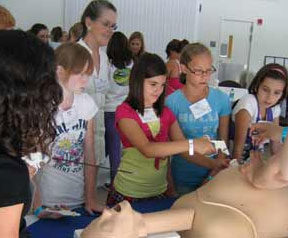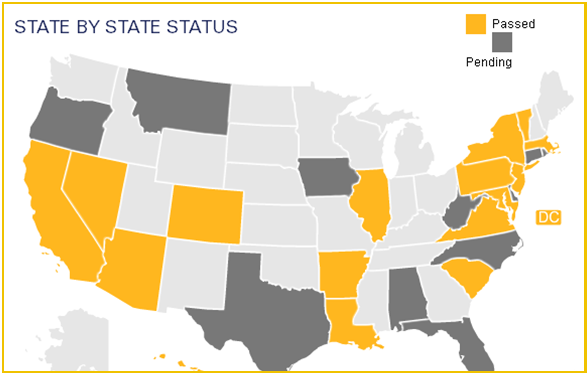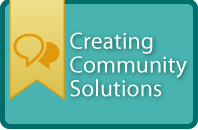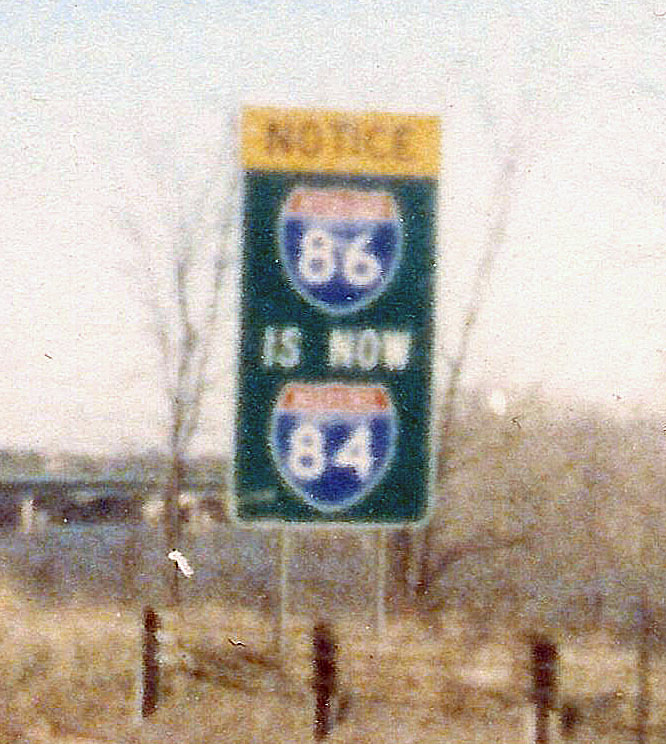Hands-Free Electronics Are Hazardous to Driver Safety, State Ban Proposed
/
For the second time in recent weeks, a major driving safety study has concluded that hands-free devices produce dangers much the same as hand-held cell phones for drivers. The latest study comes from AAA, following a study by the Texas Transportation Institute at Texas A&M University, reported by Connecticut by the Numbers earlier this month.
Connecticut teen driving safety advocate Tim Hollister, who was a member of the Governor’s Safe Teen Driving Task Force in 2007-8 and publishes a national blog for parents of teen drivers, is calling for a ban on the use of electronic devices while driving, citing increasing evidence of the dangers of distracted driving. His proposal, outlined in The Hartford Courant prior to the release of the AAA study: "no driver of a vehicle in gear shall use any electronic device to text, type, read, watch a video or make a phone call."
Hollister pointed out that six leading public health and traffic safety organizations (World Health Organization, National Transportation Safety Council, Insurance Institute for Highway Safety, and the Governor’s Highway Safety Association) “now agree that hands-free cellphone use is just as dangerous as hand-held. Both cause cognitive blindness.” The head of the National Transportation Safety Board agrees, having previously stated “we know that electronic devices that pull a driver’s attention away from his or her primary task are unsafe.”
Texting a friend verbally while behind the wheel caused a “large” amount of mental distraction compared with “moderate/significant” for holding a phone conversation or talking with a passenger and “small” when listening to music or an audio book, the AAA Foundation for Traffic Safety found in the latest study, released this week, Bloomberg News and other national media widely reported.
Not a single state prohibits hands-free dialing, and neither state nor federal action appears on the horizon, despite initial efforts by NTSB more than a year ago. In fact, just the opposite is true. Even as evidence of hazards grows, so do the range of electronic options and efforts to develop more "connected" cars.
Using voice-to-text messaging, included in systems such as Ford Motor Co.’s Sync and Toyota Motor Corp.’s Entune, is more distracting to drivers than making calls with handheld mobile phones, the AAA found. The earlier study at Texas A&M also concluded that voice-to-text is as dangerous and traditional typed texting.
Two bills that offer responses to aspects of distracted driving – although not prohibiting the popular practice - were approved in the just-concluded Connecticut General Assembly session, according to media reports.
- The first would give prosecutors the ability to seek up to $1,000 in fines, over criminal penalties, if a distracted driver hits and injures a jogger, pedestrian, horseback ride, and other lawful “vulnerable” roadway user.
- The other bill adds distracted driving to the list of moving violations that would be made available to insurance companies. Currently, if someone disobeys the state’s distracted driving law, they pay a fine and the insurer doesn’t know about it. The bill also increases fines and creates a task force to study distracted driving prevention. Both await approval by Gov. Malloy.
Automakers have vigorously promoted voice-based messaging as a safer alternative to taking hands off the wheel to place a call or talk on a hand-held phone. The hands-free systems have not been opposed by the U.S. Transportation Secretary, but the head of the National Transportation Safety Board has expressed serious reservations. Writing in the Washington Post in 2011, NTSB Chair Deborah Hersman pointed out that “studies published as early as 1997 and 2005 have shown that there is little difference between hands-free technology and handheld devices when it comes to cognitive distraction.”
About 9 million infotainment systems will be shipped this year in cars sold worldwide, with that number projected to rise to more than 62 million by 2018, according to a March report by London-based ABI Research.
With the addition of a new law passed in Hawaii this month, 40 states, the District of Columbia, the Virgin Islands and Guam have banned text messaging for all drivers using hand-held devices. Hawaii becomes just the 11th state (including Connecticut, as well as the District of Columbia, Puerto Rico, Guam and the Virgin Islands) to prohibit all drivers from using handheld cell phones while driving.
Voluntary guidelines recently issued (April 2013) by the Department’s National Highway Traffic Safety Administration (NHTSA), recommended specific criteria for electronic devices installed in vehicles at the time they are manufactured. The guidelines include recommendations to limit the time a driver must take his eyes off the road to perform any task to two seconds at a time and twelve seconds total.
The back-to-back studies by the Texas Transportation Institute and AAA raise questions about those recently-issued recommendations.



